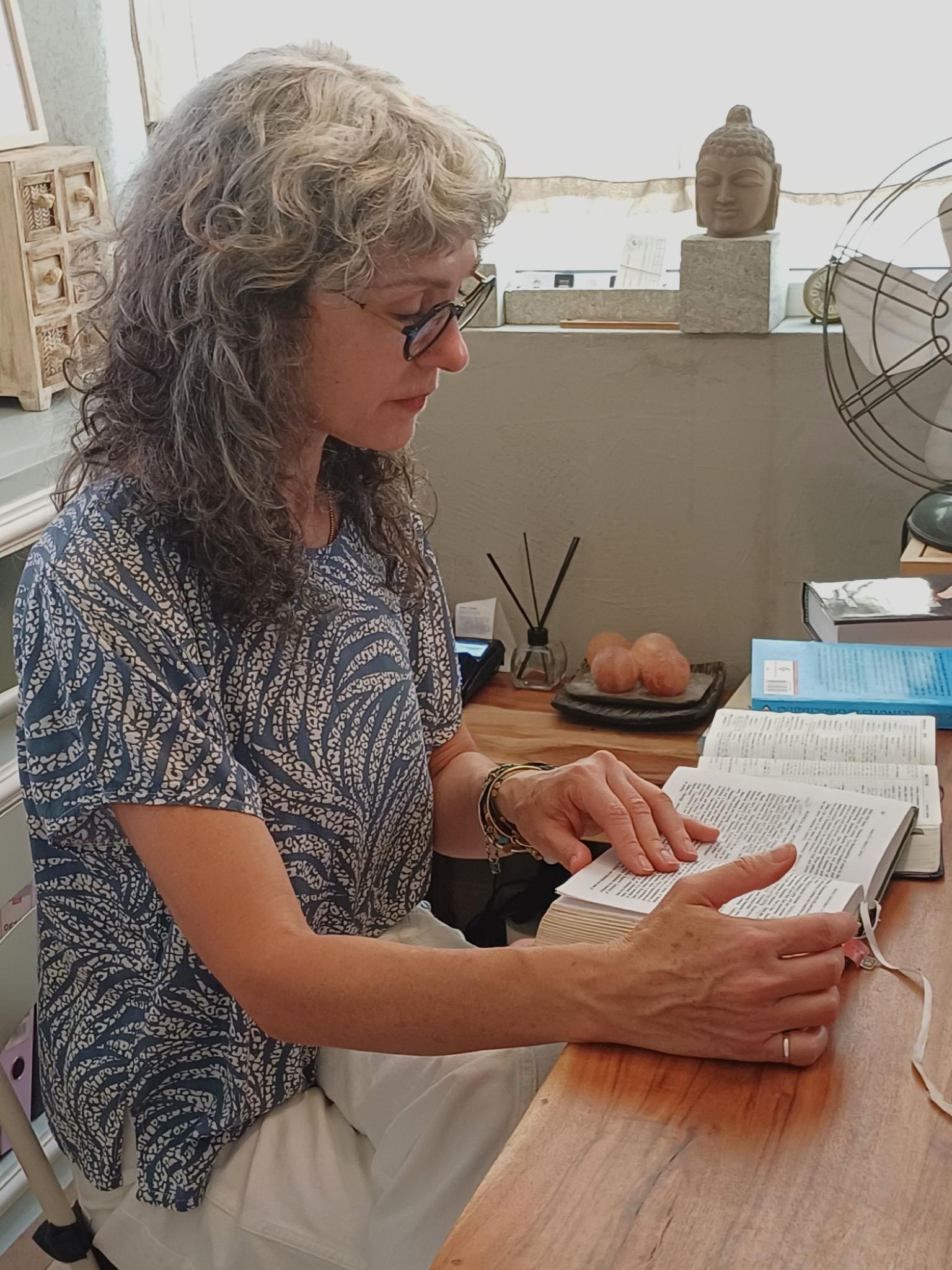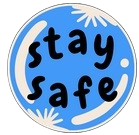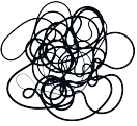Safe and efficacious therapy
Invigorating the vital force’s energy of the living organism is what homœopathy aims at as this will drive the organism to cure itself by restoring balance, bringing back the homœostasis and preserving health. Pre-eminently in case of chronic diseases, which “dynamically derange the living organism…cause it gradually to deviate from the healthy condition, in such a way that the automatic life energy, called vital force, whose office is to preserve the health, only opposes to them at the commencement and during their progress imperfect, unsuitable, useless resistance, but is unable of itself to extinguish them, but must helplessly suffer (them to spread and) itself to be every more and more abnormally deranged , until at length the organism is destroyed;” (Hahnemann S., Organon of Medicine, §72, 5th ed.).
Homœopathic case taking looks at the whole picture of the patient and not just at the sole symptom that causes pain, discomfort or any other ailment. It is interested in “the more striking, singular, uncommon and peculiar (characteristic) signs and symptoms of the case of disease” (Hahnemann S., §153, 5th ed.). As a consequence, the remedy given for a specific ailment is highly individualised. Therefore, the homœopathic medicines that cover one sole symptom/ disease may be dozens or hundreds, but it is the unique characteristics of the patient that drive the search of the homœopath towards ONE and only SIMILIMUM, the most similar to the disease medicine in the most advantageous potency and dosage. (Hahnemann, §272, 5th ed.). Naturally, there are many similes that match the disrangement of the vital force of the patient, but the homœopath is meticulously looking for the most similar at every particular moment. This may not be an easy find, it is a matter of knowledge of Materia Medica, experience, insight and observation of the homœopath, as well as a matter of luck as to what the patient reveals during the session. And despite taking a while to pinpoint it in some cases and thus a less similar remedy may be prescribed, nonetheless the case can be uplifted until -eventually or hopefully- the most similar is found in due course.
Strong emphasis is laid upon dosage as stronger, bigger and more frequent ones are issued nowadays, unfortunately with unfavourable outcomes, because this prohibits the vital force to progress. (Hahnemann, §245, 5th ed.)





